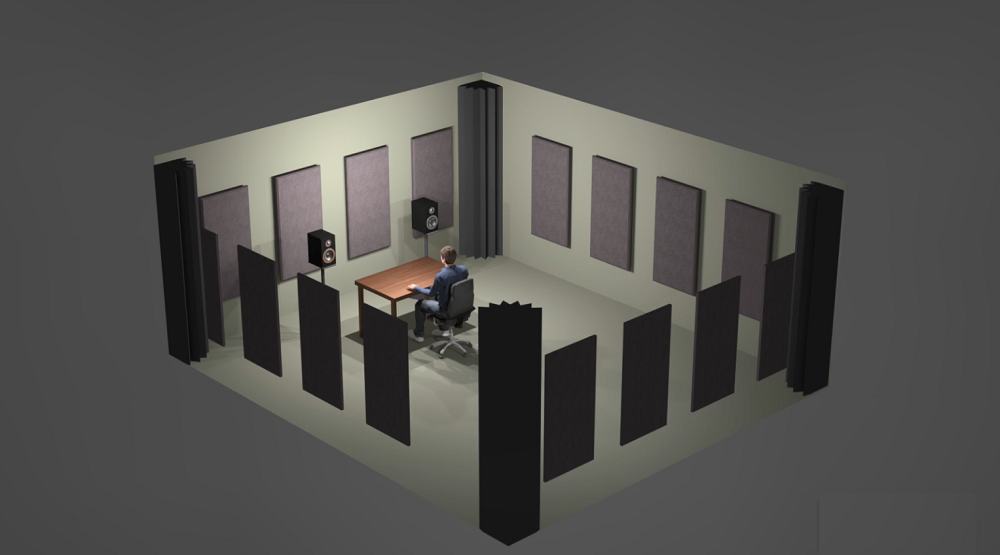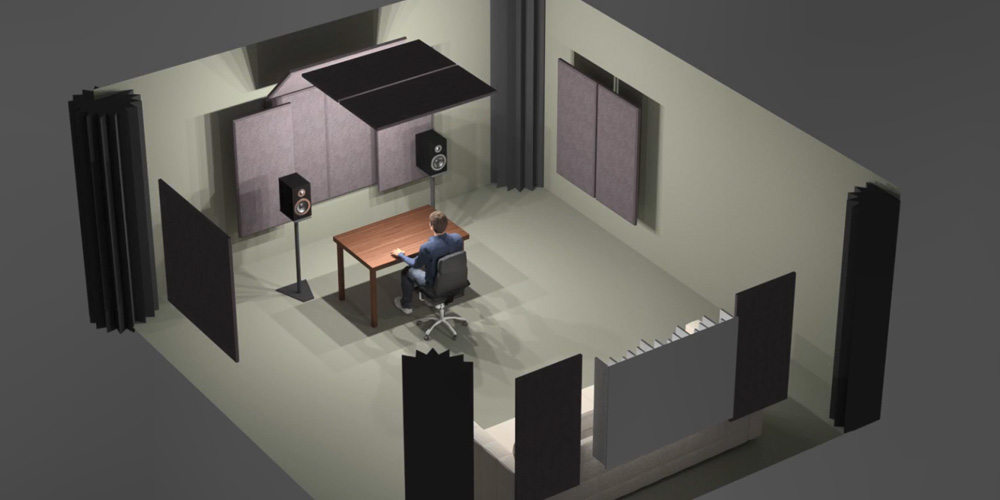 https://per-vurt.com/wp-content/uploads/2024/10/Best-Cases-Stands-For-DJs-Profile-Pic.jpg
308
531
G-Mohris
https://per-vurt.com/wp-content/uploads/2019/10/Final-Logo-Header.png
G-Mohris2024-10-22 06:27:322024-10-29 04:17:09BEST CASES & STANDS FOR DJS
https://per-vurt.com/wp-content/uploads/2024/10/Best-Cases-Stands-For-DJs-Profile-Pic.jpg
308
531
G-Mohris
https://per-vurt.com/wp-content/uploads/2019/10/Final-Logo-Header.png
G-Mohris2024-10-22 06:27:322024-10-29 04:17:09BEST CASES & STANDS FOR DJSI always get asked about the difference between soundproofing and acoustic treatment, and i often realize that there is a misunderstanding and misconception about it especially with people trying to isolate their room by installing absorption panels on the wall. That’s a waste of money as this is not a solution to avoid noise transmission.
For that, i have decided to write this article and explain the difference between soundproofing and acoustic treatment in plain language.
SOUND & NOISE
In order to understand Soundproofing and Acoustic Treatment, it is essential to understand Sound and how it propagates.
Sound is created by a series of wave oscillations that travel through gazes, solids, and liquids. The ability of sound to pass through solids is one of the main reasons why noise can become an issue.
There are 2 types of noise: Airborne and impact
Airborne Noise is carried in the air such as loud music or vocal. This type of noise will travel through air, so anywhere there is an air gap, this noise will travel through it.
Impact Noise is carried through solids. The impact of the two materials colliding sends vibrations down the solids which manifest themselves as a sound, an example would be someone jumping on the floor, the neighbor downstairs most likely will hear that impact.
So if sound can travel through solids, then how can we prevent that from happening? This is what soundproofing is all about. But even If you isolate your room and reduce or block sound transmission, you still need to treat the internal space of your room and absorb the sound in order to prevent reflections, echoes, and reverberations.
Soundproofing and Acoustic Treatment are two different processes often confused for each other. They are two different applications for two very different problems
WHAT IS SOUNDPROOFING?
Soundproofing is intended to minimize the level of sound that travels in and out of your room by blocking them with heavy, dense building material and by sealing up any air gaps in windows/doors.
There are three basic ways to block sound:
- Add/increase the mass and density (weight) of the wall to simply make it heavier
- Decouple the wall assembly (where one side of the wall doesn’t touch the other)
- Dampen the vibration energy of the wall.
The ultimate soundproofing method is building a room inside a room (box in a box). The “inner room” and the “outer room” both have solid walls which are decoupled to prevent vibrations from traveling through. Floating floors, double walls, and dropped ceilings are often executed in a way to serve that purpose.
Adding mass to your wall will deflect sound waves, the more mass the more deflection will happen and the less likely sound waves are to travel through the wall.
Since doors and windows are notorious for letting sound leak in and out even when they’re closed, they are considered to be the most challenging when it comes to soundproofing.
Heating, ventilation, and air conditioning (HVAC) systems are also a significant challenge to soundproofing, because they must pass air in and out of a space without also allowing sound transmission
WHAT IS ACOUSTIC TREATMENT?
Acoustic treatment is the process of improving the acoustic properties of a room. The goal of acoustic treatment is to make your room sound better.
This is done by mounting absorption or diffusion panels in areas where problematic reflections occur. It is important to understand that mounting panels on the wall does not isolate your room. It is not a solution for soundproofing. Yes, your neighbors can still hear the music playing in your room in almost exactly the same way with or without those panels.
Why is reflection so bad?
Reflection can interfere with the direct sound and create problematic interference such as partial cancellation or reinforcement. Both destructive and constructive interference alter the direct sound and color it.
Reflecting waveforms will not always fall into perfect alignment either in phase or out of phase. Instead, they can overlap at varying points, simultaneously creating boosts and nulls that result in undesirable frequency resonances, called modes
Untreated rooms have an uneven frequency response, which means that any mixing decisions you make are being based on a sound that is ‘colored’, because you can’t accurately hear what’s being played. In short, you can’t possibly tell how your mix will sound when played back anywhere else.
For example, you might be hearing little bass in your mix, so your decision is to boost the bass. However, the reason why you are hearing less bass is maybe caused by a destructive interference and not necessarily truly is low. This decision of boosting the bass is not accurate. If you listen to the same track in a club, you might hear too much bass.

Hearing the direct sound without any problematic interference will not only enhance the overall experience of listening, but will also affect your decisions in production and mixing.
Acoustic absorbers are made from material that stops sound waves from bouncing off hard surfaces like walls and ceilings and therefore eliminates problematic echoes and reverberations. Most effective on high‑frequencies, absorption is essential for reducing flutter echoes and for taming bright‑sounding or ‘ringy’ rooms.
Diffusion works by scattering problematic reflections in different directions. This reduces their negative effect. Acoustic diffusers are made of rigid materials arranged in patterns of varying height, size, or surface direction
It is important to note that if you only use absorption, you’ll end up with a space that sounds unnaturally “dead”. Diffusion allows you to control room reflections without eliminating them completely.
Bass Traps are a type of acoustic treatment that requires extra mass and absorptive properties to deal with low frequencies effectively. Low-frequency sounds travel much longer distances than high-frequency sounds, which is why they are rather difficult to absorb, and because sound waves have the maximum velocity at the corners of rooms, the bass traps should be placed in the corners.
CLICK HERE TO CHECK OUR ACOUSTIC TREATMENT PRODUCTS
TO SUM UP
Soundproofing and Acoustic Treatment are two different processes often confused for each other. They are two different applications for two very different problems
- Soundproofing (Isolation) and Acoustic Treatment are two different processes
- Soundproofing is the act of reducing or blocking sound transmission. While Acoustic Treatment is the act of making your room sound more neutral
- There are two types of noise: Airborne noise is carried in the air such as loud music or vocal. Impact noise is carried through solids
- The ultimate soundproofing method is building a room inside a room (box in a box)
- Mounting absorption panels on the wall does not isolate your room, however it reduces flutter echoes
- Reflection can interfere with the direct sound and create problematic interference and thus affect your mixing decisions
- If you only use absorption, you’ll end up with a space that sounds unnaturally “dead”
- Bass Traps are a type of acoustic treatment that have enough mass to deal with low frequencies


























